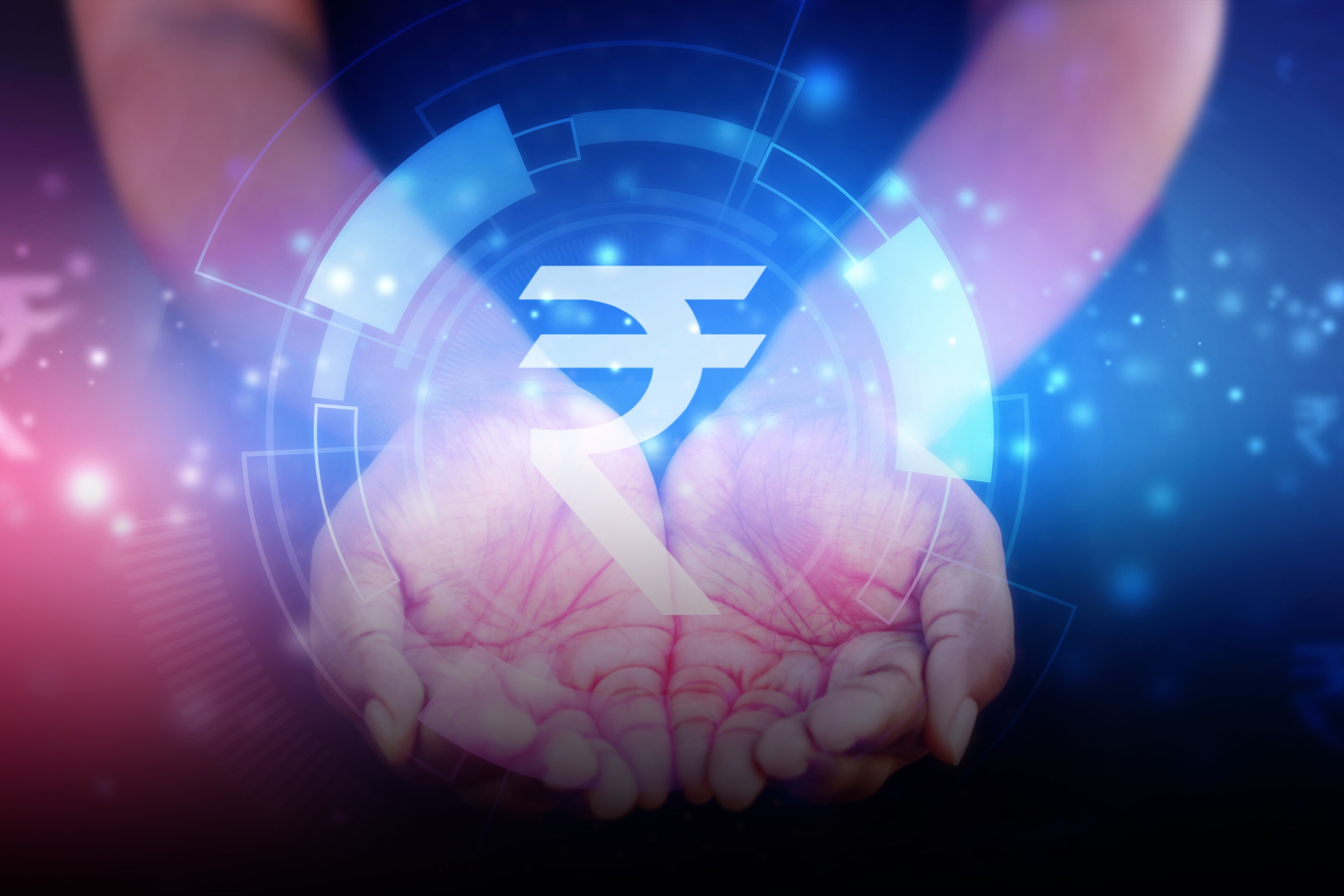Greater women’s participation in the workforce will increase the size of the labor force
Labor Force Participation Rate (LFPR) for females which has declined for the past few years is expected to grow. Nearly 49% of the total enrolment in higher education comprised female students. With this rising trend, India should expect a much larger proportion of women’s participation in the workforce in the years to come.
Defining opportunities
India’s success in exporting IT and BPO services is a good example of how India has leveraged its demographic advantage. It has the largest pool of graduates with a Science, Technology, Engineering and Mathematics (STEM) background, which is English speaking, giving India a differentiator vis-à-vis other geographies. The annual increase to this pool is estimated at 2.14 million graduates and India is also the global leader in STEM women graduates at 47.1%.
India’s large pool of working-age population therefore provides a skill-based talent to address the needs in India and globally. Added to this is the ability to support a competitive manufacturing opportunity in India to address the global supply chain and the domestic consumption market.
Other sectors that may accommodate this population include construction, public services, labor intensive manufacturing, services such as trade, transport and tourism, e-commerce, and other utility services in urban centers. These are the sectors where unskilled and semiskilled labor can easily be deployed.
Alongside, it is also critical to ensure that the working age population in general, is suitably educated and skilled for jobs of the future.
Purchasing power of over a billion people has driven economic growth
Increased consumption has underpinned the economic growth over the last decade. Private Final Consumption Expenditure (PFCE) has grown at a CAGR of 11.3% (in nominal terms) over the last 10 years as against a nominal GDP growth rate of 10.6%. The ratio of PFCE to GDP has increased from 55% to 60%.
While incomes have a direct correlation with consumption, there are a various structural changes driving the Indian consumption story. With continued macro-economic growth and growing population, consumption expenditure is expected to continue to grow at high rates and an important driver of economic growth.
Increasing uptake of consumer credit ecosystem and increased financial inclusion
Indian consumers are gradually opening up to credit driven consumption. The uptake in credit from scheduled commercial banks underscores this trend. From 2016-17 to 2021-22, outstanding personal loans of scheduled commercial banks more than doubled from INR 16.2t to INR 33.85t (~ US$ 423b).
The country has witnessed a strong wave of financial inclusion through the Government’s thrust on bank accounts and investments to build digital payments infrastructure. The formalization of the economy through digitalization of payment systems provides an avenue for better credit assessment of citizens who in the past may not have been eligible for consumer loans. As the financial services sector develops and augments these solutions, credit to households would only increase, further fueling the consumption story.









